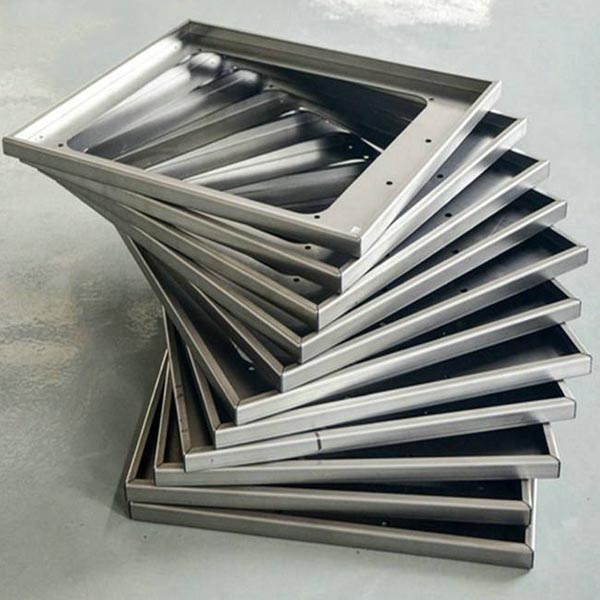1. Welding of thick and thin plates
When welding steel workpieces with molten metal gas shielding (GMAW) and flux cored gas shielded welding (FCAW), if the plate thickness of the workpiece exceeds the larger welding current that can be achieved by the welding machine, what will happen?
The solution is to preheat the metal before welding. Use propane, standard gas or acetylene torch to preheat the workpiece welding area, preheating temperature is 150 ~ 260 ℃, and then welding. The purpose of preheating the metal in the welding area is to prevent the weld area from cooling too quickly and not to cause the weld to crack or not be fused.
2. Welding of container and frame structure
2.1 If a welding process (such as brazing) is used to seal the end of a buoy or a hollow structure, what should be done to prevent the container from bursting when hot air enters the container and causes the container to burst. How to deal with it?
First drill a decompression hole with a diameter of 1.5mm on the buoy to facilitate the circulation of hot air and external air near the weld, then perform closed welding, and then weld to seal the decompression hole. The schematic diagram of the sealed welding float or sealed container is shown in Figure 2. When welding the structure of the gas storage container, a pressure relief hole may also be used. It should be noted that welding in a closed container is very dangerous. Before welding, ensure that the inside of the container or tube is clean, and avoid the presence of flammable and explosive materials or gases.
2.2 When melting electrode gas shielded welding, flux cored gas shielded welding or tungsten arc welding is required to weld the screen grid, wire mesh or extended metal to the steel structure frame, the wire mesh is prone to burn through and welding How to deal with the phenomenon that the seam is not fused?
2.21 Place non-metal washers on the wire mesh or extended metal and clamp the washers, wire mesh and frame together. It is not allowed to use chromium or galvanized washers.
2.22 Place a larger washer as a heat sink on top of the washer to be welded. The upper washer should have a larger hole than the lower washer to avoid the upper washer being welded together. Then plug welding through the two holes of the gasket, the weld should be in the lower gasket part. The operator can take some other methods to get enough heat and weld, pay attention to prevent the surrounding screen grid or wire mesh from burning through.
2.23 Another method is to use a metal strip with holes, align the holes with the parts to be welded, and place heat dissipation gaskets, and then plug welding.
3. Repairing of welded components
In addition to the commonly used nail openers, what other methods can be used to remove damaged or rusty screws? Two methods are mainly introduced here
3.1 If the installed screws will not be damaged when heated, you can use an oxy-acetylene torch to heat the nuts and their fittings until they are red hot, and then quickly quench them with water to facilitate the removal of the screws. This process may require several times of heating, cold quenching cycle process.
3.2 If the screw groove, nut, or socket is damaged or lost, you can place a nut on the upper part (or residual part) of the screw head, tighten the nut, and then use any welding method to fill the inside of the nut and the screw with metal. This will connect the nut to the remaining part of the screw, and then place a wrench or pliers on the nut to quickly pull out the screw. Using this method is beneficial to provide a new grip point and can use heat to tighten the screw, and remove the remaining part of the fixing screw by welding.
